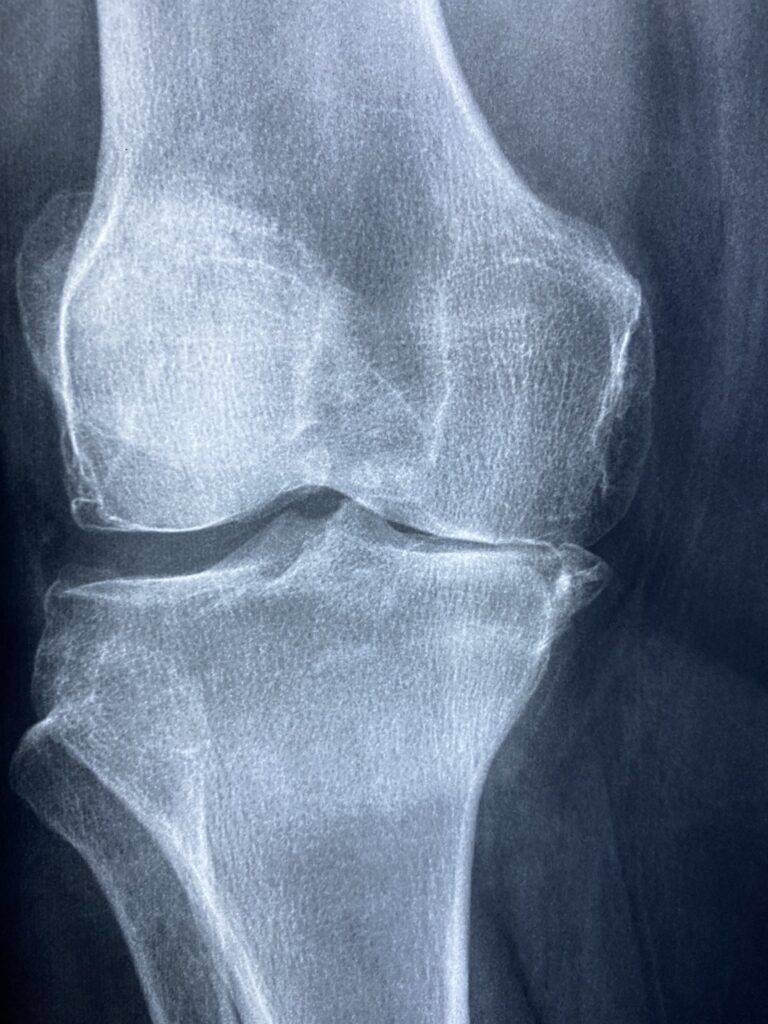1. What is Quadriplegia? Quadriplegia, also known as tetraplegia, is a paralysis condition that affects all four limbs and typically results from spinal cord injury or damage. It often leads to varying degrees of impairment in sensation, movement, and function below the level of injury.
2. Causes of Quadriplegia:
- Spinal cord injury: Traumatic events such as falls, car accidents, sports injuries, or acts of violence can cause damage to the spinal cord, leading to quadriplegia.
- Non-traumatic causes: Conditions such as spinal cord tumors, infections, vascular diseases, and congenital abnormalities can also result in quadriplegia.
3. Symptoms of Quadriplegia:
- Loss of sensation: Individuals with quadriplegia may experience decreased or complete loss of sensation in all four limbs and other parts of the body below the level of injury.
- Loss of motor function: Quadriplegia often leads to paralysis or weakness in all four limbs, affecting the ability to move, grasp, or perform daily activities.
- Impaired bowel and bladder function: Damage to the spinal cord can disrupt the normal functioning of the bowel and bladder, leading to urinary and fecal incontinence.
- Respiratory difficulties: Depending on the level and severity of spinal cord injury, quadriplegia can impair respiratory muscles, resulting in breathing difficulties and the need for assisted ventilation.
4. Diagnosis of Quadriplegia:
- Physical examination: Evaluation of sensory and motor function, reflexes, and other neurological signs to assess the extent and severity of quadriplegia.
- Imaging studies: X-rays, CT scans, or MRI scans of the spine to visualize the spinal cord and identify any injuries, abnormalities, or underlying causes.
- Electromyography (EMG): Nerve conduction studies to assess nerve and muscle function and identify areas of nerve damage or dysfunction.
5. Pharmacokinetics (PK) and Pharmacodynamics (PD):
- Medication management: Understanding the pharmacokinetics and pharmacodynamics of medications used to manage symptoms associated with quadriplegia is crucial for optimizing treatment outcomes and minimizing adverse effects.
6. Management of Quadriplegia:
- Rehabilitation therapy: Physical therapy, occupational therapy, and speech therapy to improve mobility, strength, coordination, and communication skills.
- Assistive devices: Wheelchairs, braces, walkers, and other assistive devices to enhance independence and facilitate activities of daily living.
- Adaptive technologies: Computer-assisted devices, voice recognition software, and environmental control systems to assist individuals with quadriplegia in accessing technology and interacting with their environment.
- Surgical interventions: Depending on the underlying cause and extent of spinal cord injury, surgical procedures such as spinal fusion, decompression, or nerve repair may be necessary to stabilize the spine and alleviate symptoms.
- Psychological support: Counseling, support groups, and mental health services to address emotional, social, and psychological challenges associated with quadriplegia and promote coping strategies and adjustment to life with a disability.
7. Conclusion: Quadriplegia is a debilitating condition that results in paralysis of all four limbs and often requires comprehensive medical management, rehabilitation, and support services to optimize function and quality of life for affected individuals. Understanding the underlying causes, symptoms, and available treatment options is essential for healthcare professionals, caregivers, and individuals with quadriplegia to effectively manage the condition and promote independence, mobility, and well-being.




